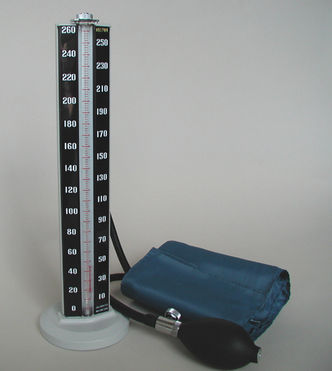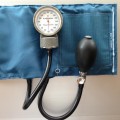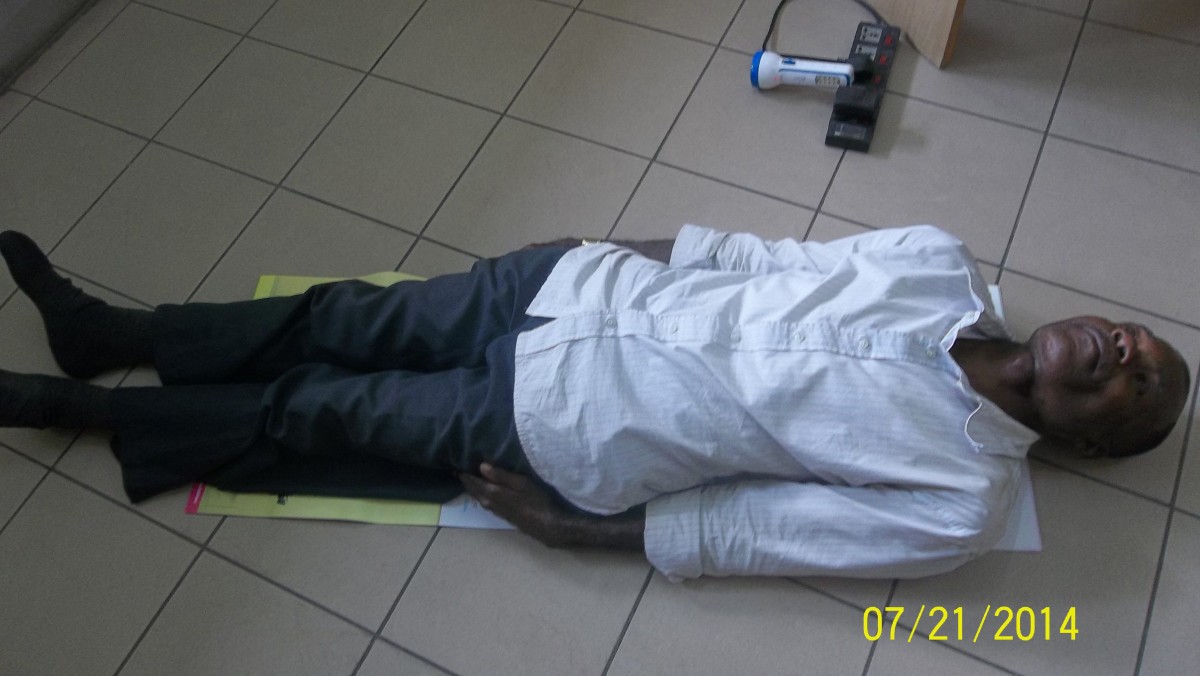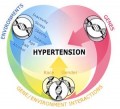How is Blood Pressure Measured?

Introduction
Everybody has their blood pressure checked at one time or another either in the context of a general medical check-up or because of specific concerns a doctor may have about their health. There is a range of blood pressure readings from low to normal to high. Obviously the best part of the continuum to be on is in the normal range although in most cases low blood pressure is not a cause for concern as the main health risks are associated with high blood pressure.
Getting one's blood pressure measured is a painless, simple procedure which involves placing a cuff on the upper arm of the patient and inflating it. Two blood pressure measurements are obtained using a stethoscope as the cuff is slowly deflated. A doctor can obtain a lot of information about the condition and performance of the heart and blood vessels from taking a blood pressure measurement in this way
Diastolic pressure and Systolic pressure.
Two readings of blood pressure are actually taken by the doctor. The first one is a measurement of systolic pressure which is the highest amount of pressure in the arteries as blood is being pumped around the body. Diastolic pressure is the lowest amount of pressure in the arteries between heartbeats.
Some doctors and nurses prefer to use the left arm to take blood pressure readings as it is nearer to the heart but others do not consider this to make much of a difference and will take a reading from either the left or the right arm.
If either the diastolic or systolic pressure is high or low, it can signify that the patient has high blood pressure which is also called hypertension or low blood pressure which is known as hypotension. High blood pressure is most commonly associated with risks of other medical problems and may need medical treatment accordingly.
Blood pressure measurement by Dr. Patrick Davey ,cardiologist is an excellent summary of this subject which is well worth reading if you wish to read further information.
Measuring blood pressure
Blood pressure measurement is usually done when one is sitting at rest. A velcro cuff is placed on the upper arm with a tube coming from it to a rubber bulb for inflating the cuff with air. This is the method of measuring blood pressure manually with a mercury manometer but nowadays some electronic manometers don't have the rubber bulb attached but inflate automatically. In the traditional mercury manometer, there is a second tube leading to a column of mercury in a vertical glass tube. Using a stethoscope on the inside of the elbow, the doctor or nurse measures the systolic reading when the pulse is heard on the stethoscope. The diastolic reading is taken when the pulse cannot be heard through the stethoscope.
Nowadays, it is much more common to measure blood pressure by electronic means due to the dangers associated with mercury and to achieve more accurate results. With the electronic manometer, the cuff is inflated without a rubber bulb. The reading is digital rather than depending on the mercury level so the factor of human error is eliminated .As a result, the measurement is more accurate.
What is normal blood pressure?
In usual circumstances, a blood pressure reading of 120 over 80 (120/80) is ideal for those who wish to maintain optimal health.Blood pressure at this level or lower is associated with a reduced risk of heart disease or stroke.People whose blood pressure is as high as 140 over 90 (140/90) which is not classified as high are at a higher risk of stroke or heart disease.More details on this can be found at Blood Pressure UK which is an excellent resource for getting exact information about blood pressure measurement and the implications of same.
Although we are all aware of the potential negative consequences of high blood pressure and some people are on medication to regulate same, some people with low blood pressure may become weak or dizzy at times but overall, it is not a cause for concern.
In conclusion, blood pressure measurement provides your doctor with essential information about your heart and blood vessel health and it is well worthwhile getting it checked as part of your annual medical check-up or if you are in regular contact with your doctor for any other reason.








